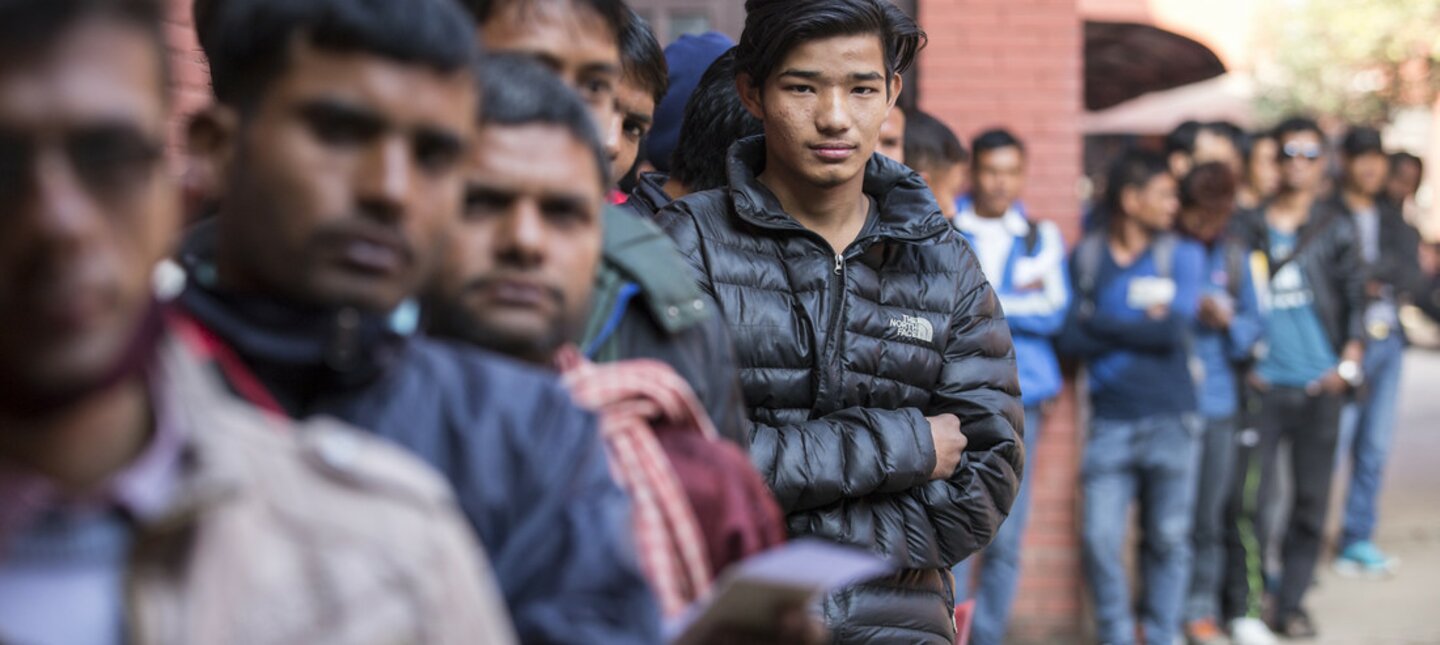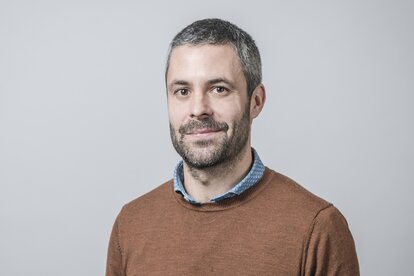Practitioners and policymakers often distinguish between forced displacements due to conflicts and forced displacements due to slow or sudden onset disasters, often related to climate change. This is illustrated by the UNHCR categorization, which only takes into account people fleeing disasters within countries (i.e., IDPs) and not across borders. However, the boundary is quite blurred since conflicts may find their source in the increasingly limited access to natural resources and, in the opposite way, disasters may be caused by human activity. In the same vein, the line between voluntary migration/mobility (or immobility) and forced displacement due to disasters and climate change is also a blurred one , as shown in Helvetas’ recently published study "Insights on Migration and Climate Change," which was conducted in the Southwest Coastal Belt of Bangladesh.
The traditional distinction between migrants and forcibly displaced people or refugees is rooted in the Cold War context, fuelled by the ideological opposition between the eastern and western blocs and the 1951 Geneva Convention (see this article for additional information). Hence, the forced path of a person fleeing a place because of food insecurity or lack of economic opportunities, owing to climate change or other factors, is not officially recognized. This may be the case, for example, of a farmer from the Sahel for whom migration is a coping mechanism and a resilience strategy because his livelihood has been strongly impacted by extreme weather events (e.g., desertification, drought, highly variable rainfall) and increasing insecurity.
The voluntary character of migration is debated because of the widespread recognition that a continuum of agency exists rather than a voluntary/forced dichotomy. The broad concept of “mixed migration” describes rather well this continuum by recognizing the multiplicity of causes for displacement – although it sometimes tends to overlook the interaction of different causes.
A highly sensitive political and normative debate exists around definitions due many factors (e.g., legal responsibility, sovereignty, economic issues, political and election issues, security aspects). The part of the debate that aims to revise or expand the refugee regime entails legitimate opportunities, but also risks ending up with a more restrictive regime.
International cooperation actors should avoid getting caught up in a debate about definitions and focus on existing commitments the international community has made. First, to “fully protect the human rights of all refugees and migrants, regardless of status,” as highlighted in the New York Declaration for Refugees and Migrants. Second, to work towards prospects for all, increase empowerment and reduce poverty through inclusive and sustainable development, and to meet the leave no one behind (LNOB) commitment of the 2030 Agenda for Sustainable Development. The holistic “whole-of-displacement approach” recently promoted by the report of the HLP also offers a promising way forward for moving beyond definitional debates and ensuring we take into account the needs of all groups, regardless of status or category.
For further reading on this topic, see our recent article "Forced Displacement: From Humanitarian Crisis to Development Opportunity."


